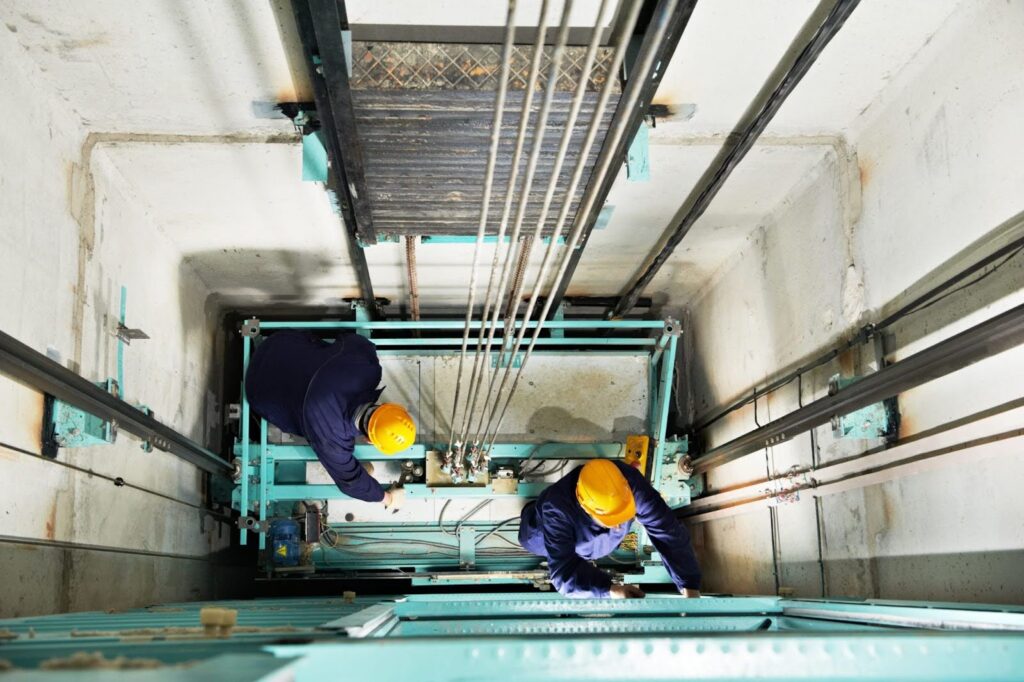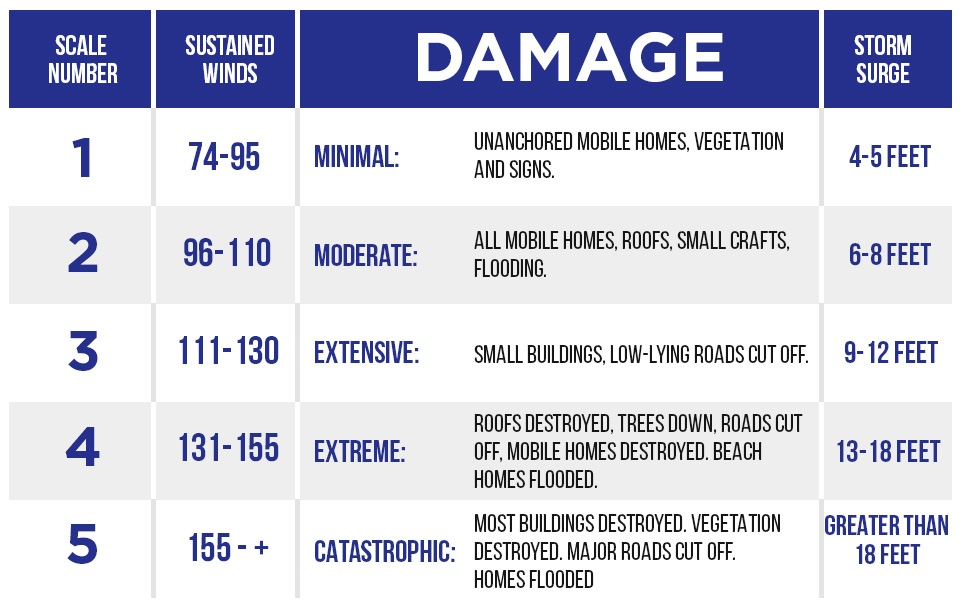Green Elevators: Sustainability in Vertical Transportation

In an era where environmental sustainability is at the forefront of technological advancements, the focus on green solutions has extended beyond conventional industries to include vertical transportation systems. Elevators, once viewed solely as a means of moving between floors, are undergoing a transformative shift towards eco-friendly and energy-efficient designs. Let’s explore the evolving landscape of green elevators, examining the environmental impact of traditional elevator systems, the emerging technologies contributing to sustainability, and the broader implications for a more eco-conscious urban future.
The Environmental Impact of Traditional Elevators
Traditional elevator systems, while indispensable for modern buildings, come with a set of environmental challenges that have sparked the need for innovative, sustainable alternatives. Understanding the environmental impact of conventional elevators is crucial for recognizing the areas where improvements can be made:
Energy Consumption:
a. Constant Operation: Traditional elevators often operate continuously, consuming a significant amount of electricity even during periods of low or no usage.
b. High Energy Peaks: The energy demand surges during peak usage hours, contributing to increased electricity consumption and, consequently, higher carbon emissions.
Material Usage and Manufacturing:
a. Resource-Intensive Components: The manufacturing of traditional elevator components, such as steel cables, requires substantial energy and raw materials.
b. Carbon Footprint of Construction: The installation process and the associated construction activities contribute to the overall carbon footprint of traditional elevator systems.
Green Elevator Technologies: Paving the Way for Sustainability
The push for sustainable practices in vertical transportation has led to the development and implementation of innovative technologies that address the environmental concerns associated with traditional elevators. These green elevator technologies aim to reduce energy consumption, minimize material waste, and enhance overall efficiency:
Regenerative Drives:
a. Energy Recapture: Regenerative drives capture and store the energy generated during the descent of the elevator car, redistributing it for later use. This technology significantly reduces overall energy consumption.
Machine Room-Less (MRL) Elevators:
a. Compact Design: MRL elevators eliminate the need for a separate machine room, allowing for a more compact and efficient design that requires less building space.
b. Energy Efficiency: The elimination of a dedicated machine room contributes to energy savings and reduces the environmental footprint of the elevator system.
Counterweight Systems:
a. Balancing Energy: Counterweight systems, when appropriately designed, assist in balancing the elevator car’s weight, reducing the energy required to move it.
b. Enhanced Efficiency: By optimizing the counterweight, these systems contribute to overall energy efficiency and operational sustainability.
Smart Destination Dispatching:
a. Optimized Traffic Flow: Smart destination dispatching algorithms use artificial intelligence to optimize elevator movements, reducing wait times and energy consumption.
b. User-Friendly Efficiency: Passengers benefit from a more efficient and personalized experience, while the system minimizes unnecessary stops and starts.
Green Materials and Construction Practices:
a. Recyclable Components: Manufacturers are increasingly using recyclable and eco-friendly materials in the production of elevator components.
b. Efficient Installation: Sustainable construction practices, such as modular and prefabricated components, contribute to reduced waste and faster installation times.
Solar-Powered Elevators:
a. Renewable Energy Integration: Solar panels integrated into the elevator system harness sunlight to generate electricity, reducing dependence on the grid and lowering carbon emissions.
Broader Implications for Sustainable Urban Development
The integration of green elevator technologies extends beyond individual buildings to impact the broader urban landscape. As cities continue to expand vertically, the sustainability of vertical transportation systems becomes integral to achieving environmentally conscious urban development:
Reduced Urban Carbon Footprint:
a. Energy-Efficient Vertical Mobility: Green elevators contribute to the reduction of the urban carbon footprint by optimizing energy use and minimizing environmental impact.
Comprehensive Building Sustainability:
a. LEED Certification: The incorporation of green elevator technologies aligns with the criteria for Leadership in Energy and Environmental Design (LEED) certification, enhancing the overall sustainability of buildings.
Increased Energy Independence:
a. Renewable Energy Integration: Solar-powered elevators and regenerative drives contribute to increased energy independence for buildings, reducing reliance on traditional energy sources.
Enhanced Urban Livability:
a. Efficient Transportation Networks: Sustainable vertical transportation enhances the overall efficiency of urban transportation networks, improving accessibility and reducing congestion.
Innovation and Industry Collaboration:
a. Research and Development: The focus on green elevator technologies encourages ongoing research and development, fostering innovation within the vertical transportation industry.
b. Collaborative Solutions: Industry collaboration and knowledge sharing contribute to the continuous improvement of sustainable practices in vertical transportation.
The evolution of elevators from mere functional devices to green, energy-efficient systems reflects a broader commitment to sustainability in urban development. Green elevator technologies not only address the environmental challenges associated with traditional systems but also set a precedent for innovation in the vertical transportation industry.
As cities continue to grow vertically, the imperative for sustainable solutions becomes increasingly apparent. Green elevators, with their regenerative drives, smart dispatching systems, and solar-powered capabilities, embody the fusion of technology and environmental consciousness. The journey towards a sustainable future involves not only reaching new heights in urban development but doing so with a commitment to minimizing the ecological impact.
In the time of sustainability in vertical transportation, General Elevators’ commercial elevators in Naples emerged as a trailblazer, leading the charge towards a greener and more energy-efficient future. As we conclude our exploration into the transformative landscape of green elevators, General Elevators stands out as a beacon of innovation, providing cutting-edge solutions that redefine the paradigm of vertical mobility.
For businesses in Naples seeking a reliable and eco-conscious vertical transportation solution, General Elevators offers more than just a service – it provides a pathway to a sustainable and energy-efficient future. The incorporation of green elevator technologies aligns seamlessly with the brand’s dedication to providing state-of-the-art commercial elevators in Naples, contributing to enhanced building sustainability and energy independence.
General Elevators serves as a catalyst for change, inspiring the industry to embrace sustainability and innovation. Through its green elevator technologies, the brand exemplifies a harmonious fusion of cutting-edge engineering and environmental consciousness. For businesses in Naples aspiring to elevate not only their physical spaces but also their commitment to a greener tomorrow!


